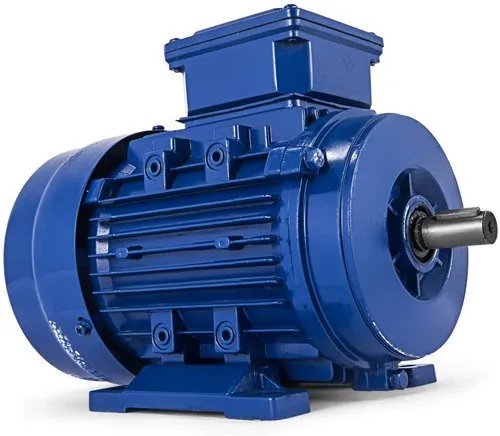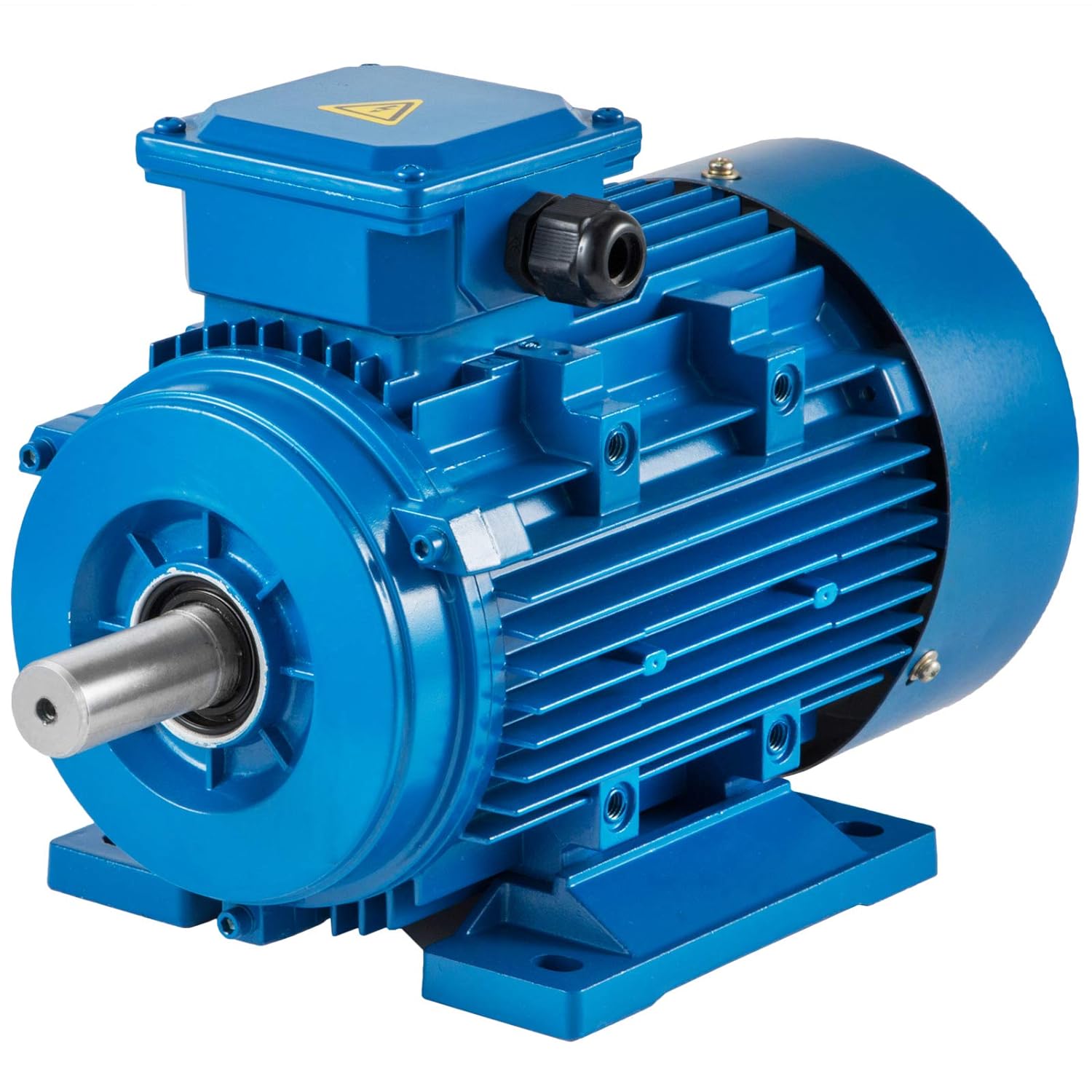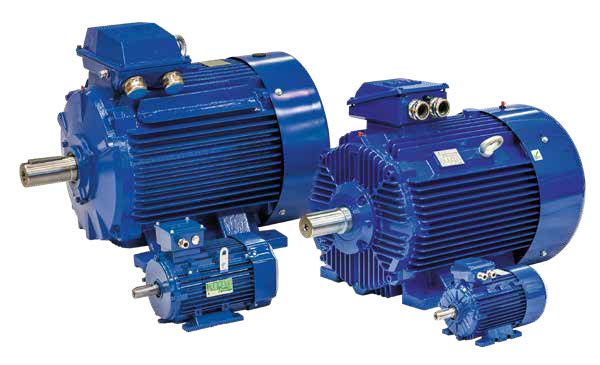Product Description
Ybx3 Ybx4 Ybx5 High Efficiency Explosion Proof Three-Phase Asynchronous Induction Electric Motor
Product Description
Detailed Photos
Installation Instructions
Certifications
FAQ
Q: Are you trading company or manufacturer?
A: We are manufacturer.
Q: What is the payment terms?
A: 30% T/T in advance, 70% before shipment or L/C at sight.
Q: What is your delivery time?
A: standard product 20 days after receiving your L/C or T/T deposit.
Q: What is the MOQ of this item?
A: 1 units for small/medium size motors, unlimited for large ones.
Q: How long is your warranty?
A: 12 months after receiving B/L.
Q: Can we used our own brand on motors ?
A: Yes, OEM and ODM also to be provided. /* January 22, 2571 19:08:37 */!function(){function s(e,r){var a,o={};try{e&&e.split(",").forEach(function(e,t){e&&(a=e.match(/(.*?):(.*)$/))&&1
| Application: | Industrial |
|---|---|
| Speed: | Constant Speed |
| Number of Stator: | Three-Phase |
| Function: | Driving |
| Casing Protection: | Protection Type |
| Number of Poles: | 2 |
| Customization: |
Available
|
|
|---|

What are the key components of a typical 3-phase motor?
A typical 3-phase motor consists of several key components that work together to convert electrical energy into mechanical energy. Here's a detailed explanation of the key components of a typical 3-phase motor:
- Stator: The stator is the stationary part of the motor and contains the core, windings, and other structural components. It consists of a laminated iron core with slots where the motor windings are placed. The stator windings are connected to the power supply and create a rotating magnetic field when energized.
- Rotor: The rotor is the rotating part of the motor and is located inside the stator. It consists of a laminated iron core with conductive bars or coils embedded in it. The rotor is designed to rotate within the magnetic field generated by the stator windings. The interaction between the stator's rotating magnetic field and the rotor's conductive elements induces currents in the rotor, creating a torque that drives the rotation of the motor.
- Windings: The windings are conductive coils of wire that are wound around the stator slots. In a 3-phase motor, there are typically three sets of windings, each spaced 120 degrees apart. These windings are designed to carry the three-phase alternating current (AC) from the power supply. The arrangement and connection of the windings create a rotating magnetic field in the motor, which interacts with the rotor to produce torque and rotation.
- Power Supply Connections: The motor has terminals or leads for connecting it to the three-phase power supply. The power supply connections are typically labeled as L1, L2, and L3, corresponding to the three phases of the power supply. These connections provide the alternating current required to energize the stator windings and create the rotating magnetic field.
- Bearings: Bearings are used to support the rotor and allow it to rotate smoothly within the stator. The motor typically has two bearings, one at each end of the rotor shaft. These bearings reduce friction and enable the efficient transfer of rotational motion from the rotor to the motor's load.
- Shaft: The shaft is a cylindrical component that extends from the rotor and serves as the mechanical link between the motor and the load. The shaft transfers the rotational motion generated by the motor to the connected equipment or machinery.
- Housing or Frame: The motor is enclosed in a housing or frame that provides protection and support for the internal components. The housing is typically made of a durable material such as metal or plastic and is designed to withstand the operating conditions of the motor.
- Cooling System: Many 3-phase motors incorporate a cooling system to dissipate heat generated during operation. This may include cooling fins on the motor housing, fan blades attached to the rotor shaft, or a separate cooling fan. Efficient cooling is essential to maintain optimal motor performance and prevent overheating.
These are the key components of a typical 3-phase motor. Each component plays a crucial role in the motor's operation, from generating the rotating magnetic field to transferring mechanical energy to the load. Understanding these components is essential for troubleshooting, maintenance, and proper operation of 3-phase motors.

Can you provide examples of machinery or equipment that use 3-phase motors?
Various types of machinery and equipment rely on 3-phase motors for their operation. Here are some examples of applications where 3-phase motors are commonly used:
- Industrial Machinery: 3-phase motors are extensively used in industrial machinery, including pumps, compressors, fans, blowers, conveyors, mixers, agitators, and centrifuges. These motors provide the necessary power and torque to drive heavy-duty equipment commonly found in manufacturing plants, refineries, mining operations, and other industrial settings.
- Electric Generators: Many electric generators, both stationary and portable, are driven by 3-phase motors. These generators produce electrical power by converting mechanical energy into electrical energy. They are widely used in construction sites, emergency backup systems, remote locations, and other applications where a reliable power supply is required.
- Air Conditioning and HVAC Systems: 3-phase motors are employed in air conditioning and HVAC (heating, ventilation, and air conditioning) systems. They power the compressors, fans, and pumps that circulate and condition the air in commercial buildings, offices, hospitals, shopping malls, and other large-scale facilities.
- Machine Tools: Machine tools, such as lathes, milling machines, grinders, and drilling machines, often utilize 3-phase motors for precision machining operations. These motors provide the required power and control to drive the cutting tools and move the workpieces accurately.
- Water and Wastewater Treatment Systems: 3-phase motors play a crucial role in water and wastewater treatment systems. They power pumps, aerators, mixers, and other equipment involved in the treatment and distribution of clean water, as well as the processing and disposal of wastewater in municipal and industrial treatment plants.
- Refrigeration Systems: 3-phase motors are commonly used in commercial refrigeration systems, such as walk-in coolers, refrigerated display cases, and industrial refrigeration units. These motors drive the compressors that circulate the refrigerant and maintain the desired temperature for food storage, preservation, and cooling applications.
- Elevators and Escalators: Many elevators and escalators rely on 3-phase motors for their vertical transportation functions. These motors power the lifting mechanisms, allowing for smooth and efficient movement of people and goods within buildings, airports, train stations, and other vertical transportation systems.
- Industrial and Commercial Fans: Large industrial and commercial fans, such as those used for ventilation, cooling, or air circulation in warehouses, factories, gymnasiums, and other large spaces, often employ 3-phase motors. These motors provide the necessary power to drive the fan blades and move substantial volumes of air.
- Printing Presses: Printing presses, used in the printing and publishing industry, utilize 3-phase motors to power various components, such as the paper feed systems, printing cylinders, ink pumps, and drying units. These motors enable high-speed and precise operation in commercial printing applications.
- Crushers and Grinders: Crushers, grinders, and shredders in industries such as mining, construction, and recycling employ 3-phase motors to drive their crushing and grinding mechanisms. These motors provide the necessary power and torque to break down and process various materials efficiently.
These are just a few examples of machinery and equipment that rely on 3-phase motors for their operation. 3-phase motors are widely used in numerous industrial, commercial, and residential applications due to their efficiency, reliability, and ability to deliver high power output.

How do 3-phase motors handle variations in load and speed requirements?
3-phase motors are capable of handling variations in load and speed requirements through various control methods. Here's a detailed explanation of how they handle these variations:
- Load Variations:
- Inherent Torque Characteristics: 3-phase motors are designed to provide high starting torque and continuous torque output, making them suitable for a wide range of load variations. They can handle sudden changes in load without significant impact on motor performance.
- Overload Capacity: 3-phase motors are typically designed with overload capacity to handle temporary increases in load beyond their rated capacity. This overload capacity allows the motor to withstand sudden surges in load without overheating or tripping protective devices.
- Controlled Speed Regulation: By using control devices such as variable frequency drives (VFDs) or adjustable speed drives (ASDs), the speed and torque output of 3-phase motors can be adjusted in real-time to match the load requirements. This ensures efficient motor operation and minimizes energy wastage.
- Motor Protection Features: 3-phase motors often incorporate protective features such as thermal overload protection and current limiters. These features help safeguard the motor against excessive heat or current, which can result from prolonged high-load conditions. They automatically intervene to protect the motor and prevent damage.
- Speed Variations:
- Variable Frequency Drives (VFDs): 3-phase motors can be coupled with VFDs, which allow precise control of motor speed. VFDs adjust the frequency and voltage supplied to the motor, enabling smooth and accurate speed regulation over a wide range. This flexibility in speed control makes 3-phase motors suitable for applications with varying speed requirements.
- Adjustable Speed Drives (ASDs): Similar to VFDs, ASDs provide speed control capabilities for 3-phase motors. They allow users to adjust the motor's speed and torque output based on specific application needs. ASDs can be used in various industrial processes that require precise speed control, such as conveyor systems, pumps, and fans.
- Pole Changing Motors: Some 3-phase motors, known as pole changing motors, offer the ability to change the number of poles within the motor. This feature allows for speed variations by altering the motor's synchronous speed. However, pole changing motors are less common compared to VFD or ASD-controlled motors.
Overall, 3-phase motors can handle variations in load and speed requirements through their inherent torque characteristics, overload capacity, and control options such as VFDs and ASDs. These features and control methods allow for efficient motor operation, precise speed regulation, and the ability to adapt to changing load conditions in various industrial applications.


editor by CX 2024-05-03